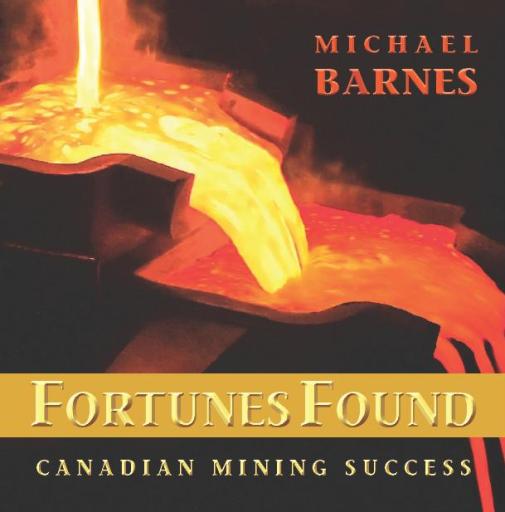For the entire annual report go to the Environmental Commissioner of Ontario website: Redefining Conservation: Annual Report 2009/2010
For an extensive list of articles on this mineral discovery, please go to: Ontario’s Ring of Fire Mineral Discovery
2010 Amendments to the Mining Act
From Environmental Commissioner of Ontario (ECO) Issues
In the 1800s, miners used picks and shovels to find and extract minerals. Embarking out into the wilderness of Ontario, prospectors had “free entry” to access any land that contained Crown-owned minerals. They could stake their claims with wooden posts and acquire mineral leases with no need to consider the interests of property owners or the public. This right of free entry was a fundamental feature of Ontario’s first mining laws and was designed to promote mining activity, create wealth in the province and encourage the settlement of the northern lands.
Much has changed in Ontario since the Mining Act (the “Act”) was enacted in 1869. First, there are many more recognized uses for Ontario’s land than mining. Second, early mines were generally small in scale with a relatively small ecological footprint; modern day mining often involves large-scale and mechanized digging, drilling and blasting, with the potential to have significant environmental impacts. Finally, the public has grown more concerned about our natural environment and the impacts of human activities, expecting environmental risks to be mitigated and mining lands restored.
Although the Mining Act and the concept of free entry may have worked in the 19th century, it is clearly at odds with 21st century land uses and values. Free entry assumes that mineral development is appropriate almost everywhere and that it is the “best” use of Crown land in almost all circumstances, giving mining priority over forestry, commercial development, recreation and tourism, the interests of Aboriginal communities, and the conservation of ecologically significant species and landscape features.


























